Roof insulation plays a vital role in maintaining energy efficiency and comfort in your home, especially in climates like San Antonio, TX. Insulation works to prevent heat flow between indoor and outdoor spaces. By choosing effective insulation, you can lower energy bills, reduce cooling costs, and enjoy year-round comfort. For over 25 years, Shield Roofing has helped homeowners achieve energy-efficient roofs built to last. Let us guide you in selecting the best option for your unique needs.
Understanding Roof Insulation and Its Importance
Roof insulation is more than just a barrier—it works to minimise heat flow, making your home comfortable and less dependent on heating or cooling systems. Proper insulation ensures reduced energy loss and optimised indoor comfort.
Inadequate insulation can lead to unnecessary heating and cooling expenses. Factors like thermal resistance and insulation performance are key in determining the effectiveness of your roof insulation. Understanding these components ensures homeowners make informed decisions regarding their energy consumption and long-term savings.
How Roof Insulation Impacts Comfort in San Antonio Homes
San Antonio’s warm climate makes roof insulation essential for indoor comfort. Effective one stabilizes temperatures and reduces reliance on cooling systems during hot summers.
Materials like spray foam and batt insulation minimize heat gain, lowering energy costs while maintaining comfort. Choosing the right option for San Antonio, TX ensures lasting relief from extreme temperatures.
Quality insulation also reduces hot spots and drafts, promoting even warmth throughout the home. Fiberglass is especially effective due to its thermal properties. Partnering with Shield Roofing guarantees homeowners year-round comfort and improved energy efficiency.
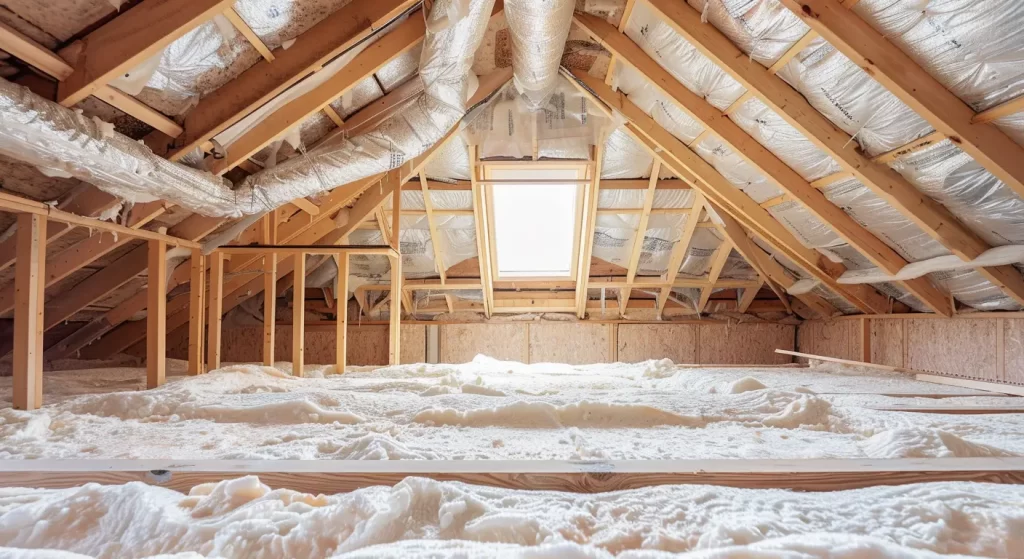
The Effect of Insulation on Your Energy Bills
Effective insulation significantly affects a home’s energy efficiency and utility bills. By creating an airtight seal, it reduces air leakage and heat transfer, maintaining a consistent indoor temperature and lowering energy use, particularly in hot climates like San Antonio.
Different types, such as fiberglass and spray foam, vary in thermal performance and moisture resistance, impacting energy costs. High-quality materials reduce heating and cooling demands, leading to lower bills. Investing in the right option enhances comfort and delivers substantial long-term energy savings for homeowners, making it essential for efficiency.
Key Factors When Choosing Roof Insulation
Selecting the best option involves evaluating several factors to align with your home’s specific needs. The climate, roofing material, and type of roof greatly impact the suitability of insulation types like fiberglass, spray foam, or rigid foam.
Environmental considerations also play a role—materials like mineral wool offer excellent thermal performance with minimal environmental impact. Shield Roofing guides homeowners in finding the best options for their circumstances, ensuring proper installation for energy efficiency and lasting comfort in San Antonio homes.
Climate Considerations for San Antonio, TX
San Antonio’s hot climate demands insulation that effectively combats heat transfer. High-performance materials like spray foam create a barrier against summer heat.
Moisture-resistant option is crucial to prevent mold in humid conditions. Proper roof and attic ventilation is vital for maintaining insulation performance and avoiding moisture buildup.
Choose Shield Roofing for durable, comfortable solutions tailored to San Antonio’s weather. Contact us to explore options that reduce cooling costs, lower utility bills, and ensure consistent indoor temperatures.
Compatibility With Roofing Materials
Roof insulation types vary in compatibility with different roofing materials, affecting both performance and longevity significantly. Spray foam is preferred for its airtight seal that effectively minimizes leaks, while rigid foam offers excellent moisture resistance for humid conditions. Mineral wool strikes a balance between thermal performance and fire resistance, making it suitable for metal and shingle roofs. Choosing the right option for your roof is vital for optimal energy efficiency and comfort, helping homeowners enhance overall roof performance while potentially reducing energy costs and improving indoor air quality.
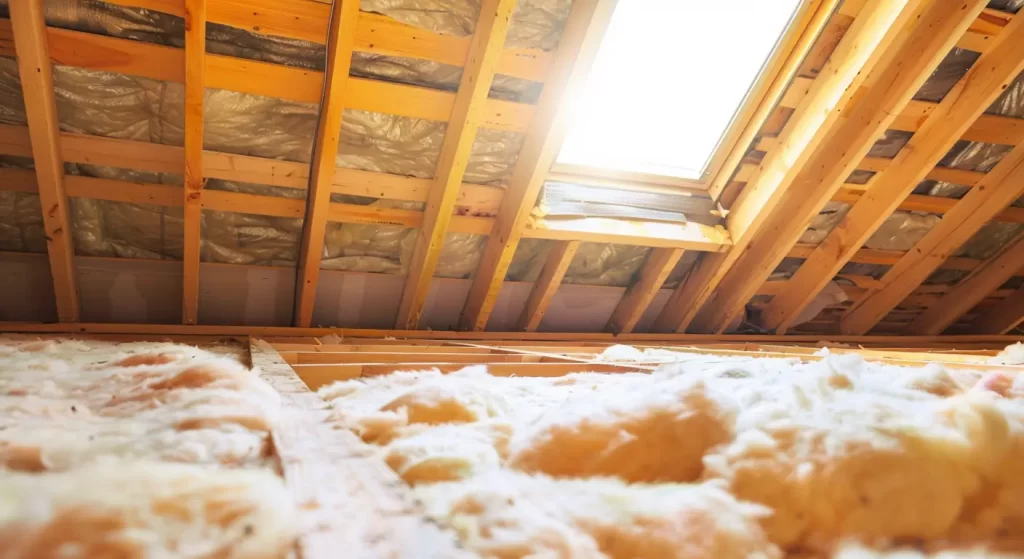
Comparing Top Roof Insulation Materials
Several types of roof insulation materials are suitable for varying needs and budgets. Fiberglass is known for its affordability and ease of installation, while spray foam ensures airtight seals and maximum energy efficiency.
For San Antonio homes, materials like rigid foam deliver high thermal resistance in hot climates. Shield Roofing helps you compare these options, considering insulation performance, environmental impact, and cost-effectiveness. Let us help you select the best option for your home.
Fiberglass Insulation – Pros and Cons
Fiberglass is favored by homeowners for its thermal performance and energy efficiency, effectively reducing heat transfer and maintaining stable indoor temperatures. Its easy installation suits DIY projects.
However, improper installation can lead to air leaks, reducing effectiveness. While fiberglass is fire- and moisture-resistant, it may release airborne particles that irritate skin and respiratory systems. Unlike spray foam, fiberglass does not create an airtight seal, making it less effective against energy loss from air leakage. Weighing these pros and cons is crucial for informed decision-making.
Spray Foam Insulation – Pros and Cons
Spray foam is a versatile option for homeowners aiming for comfort and energy efficiency. Its airtight seal minimizes air leakage and provides excellent thermal resistance. By expanding to fill gaps, it also offers superior moisture resistance, preventing mold growth in warmer areas like San Antonio, TX.
However, it has higher upfront costs and a complex installation process. Proper installation by certified professionals is crucial for optimal performance and to avoid issues like shrinking. Homeowners should evaluate their needs and budget when choosing between open and closed-cell foam options.
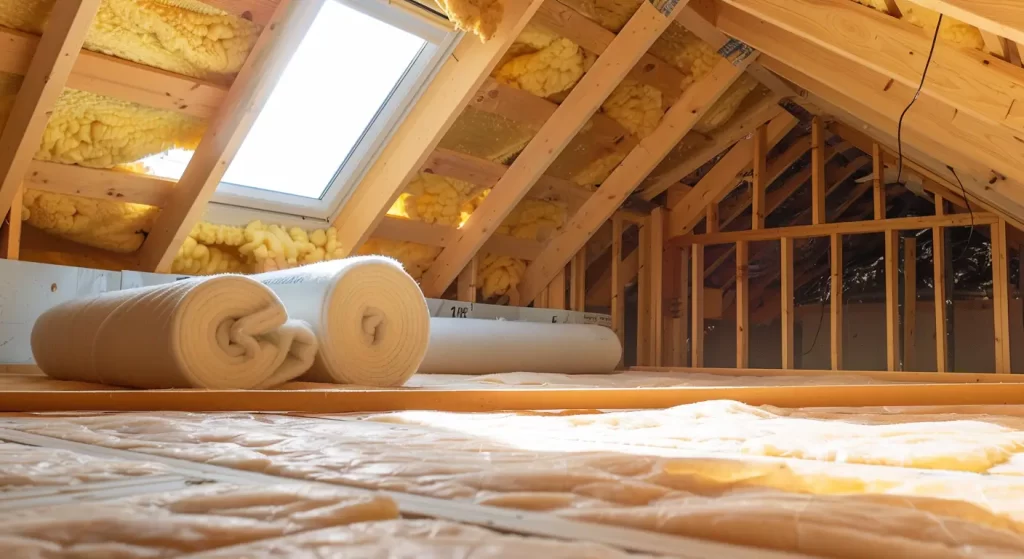
R-Value and Energy Efficiency
The R-value is a key metric in construction and insulation that measures a material’s thermal resistance. It indicates how effectively insulation manages heat flow, with higher R-values signifying better energy efficiency—minimizing heat gain in summer and loss in winter. Understanding R-values is crucial for homeowners and builders making energy-efficient decisions, influencing both comfort levels and long-term energy costs. By selecting insulation with suitable R-values for specific climates and designs, individuals can enhance sustainability and comfort while reducing their carbon footprint.
Local Building Codes and Standards
Compliance with local building codes is essential when selecting the right option. These regulations dictate thermal performance, air barriers, and fire resistance for safety and comfort. Following these codes enhances energy efficiency and protects homeowners from fines or costly renovations.
Local standards may also affect insulation material choices, promoting effective options like spray foam or cellulose that meet environmental benchmarks. Understanding these regulations allows homeowners to make informed decisions, optimizing its effectiveness while maintaining roof integrity. This compliance leads to durable installations that boost energy savings and lower utility bills.
How to Calculate Roof Insulation Needs
Calculating the right amount of insulation for your roof involves assessing the square footage of your attic space while considering the desired R-Value for your climate. This ensures effective insulation that maximizes thermal resistance and minimizes heat flow, thereby lowering energy bills. Make use of accurate measuring tools to avoid common mistakes that lead to under or over-insulation. Proper installation of the chosen materials is key to maintaining an airtight seal, thereby enhancing your home’s overall energy efficiency and indoor comfort.
Calculating Insulation Based on Roof Area
Accurate calculation of insulation based on roof area is crucial for optimizing thermal resistance and ensuring energy efficiency. Begin by measuring the total square footage of your roof space; this data will directly affect the amount of material required. Different options vary in coverage, so consult product specifications to determine the appropriate square foot coverage per unit. Ensuring proper installation minimizes air leakage and maximizes its performance, ultimately leading to enhanced indoor comfort and lower energy bills for homeowners.
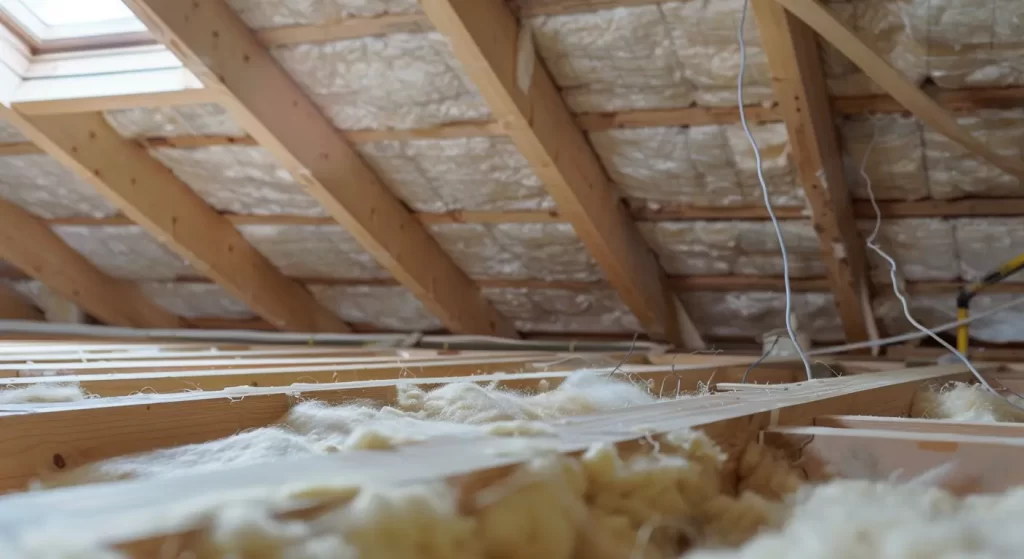
Common Mistakes in Insulation Calculation
Miscalculating thermal barrier needs can lead to significant energy loss and higher utility bills, which can strain your finances over time. Common mistakes include overlooking the roof’s total area, resulting in inadequate coverage and uneven thermal performance throughout your home. Additionally, ignoring air leaks around roofing materials can seriously compromise energy protection effectiveness and overall insulation performance. Always consider your home’s specific environment and available heat-retention solutions when making decisions. Properly assessing thermal requirements ensures optimal indoor comfort and energy efficiency, ultimately saving you money in the long run.
Professional Installation vs. DIY
Shield Roofing in San Antonio, TX, brings over 25 years of experience as an Owens Corning preferred contractor and GAF certified company with a BBB A+ rating, CTRCA, Directorii. Our certified professionals specialize in fiberglass, spray foam, and mineral wool insulation, ensuring the best option for your home. We guarantee an airtight seal to reduce air leakage and moisture buildup for consistent indoor temperatures. Our skilled team minimizes installation errors that can compromise energy efficiency and increase costs. With expertise in ventilation, we enhance insulation durability and lower energy bills. Trust Shield Roofing for comfort and energy savings—roofs built to last!
Common DIY Roof Insulation Mistakes to Avoid
Proper planning is crucial for DIY roof insulation. A common mistake is underestimating material needs, compromising thermal performance and comfort. Accurate roof area measurements ensure you buy the right amount, preventing energy loss from gaps.
Neglecting moisture resistance can lead to mold growth and structural damage. Choosing suitable options, like spray foam or batt insulation, boosts efficiency. Finally, proper installation is vital; air barrier issues can cause heat loss and higher energy bills. Focusing on these details maximizes comfort and long-term savings.
In Summary
Choosing the right roof insulation is essential for enhancing energy efficiency and maintaining stable indoor temperatures. Understanding options like fiberglass, mineral wool, and spray foam allows homeowners to make informed decisions based on their needs and climate. Proper installation maximizes thermal performance, minimizes air leakage, and reduces heat loss. Investing in quality insulation boosts energy savings and comfort while lowering costs and supporting durable structures, providing long-term benefits for both finances and the environment.
Read our blog: Signs Your Roof Is Developing Rotted Decking
Frequently Asked Questions
Does roof insulation help with noise reduction?
Yes, roof insulation reduces noise pollution by creating a barrier that absorbs sound. Types like mineral wool and spray foam insulation are particularly effective, enhancing indoor comfort and energy efficiency.
What R-value is good for roof insulation?
Insulation with an R-value of 30 to 40 is typically ideal for hot climates like San Antonio. Higher R-values offer better thermal resistance, reducing heat flow and boosting energy savings.
What is the best insulation for the underside of a roof?
Spray foam is the best choice for the underside of a roof. It provides airtight sealing, high R-values, moisture resistance, and effective coverage for attic spaces and hard-to-reach areas.
